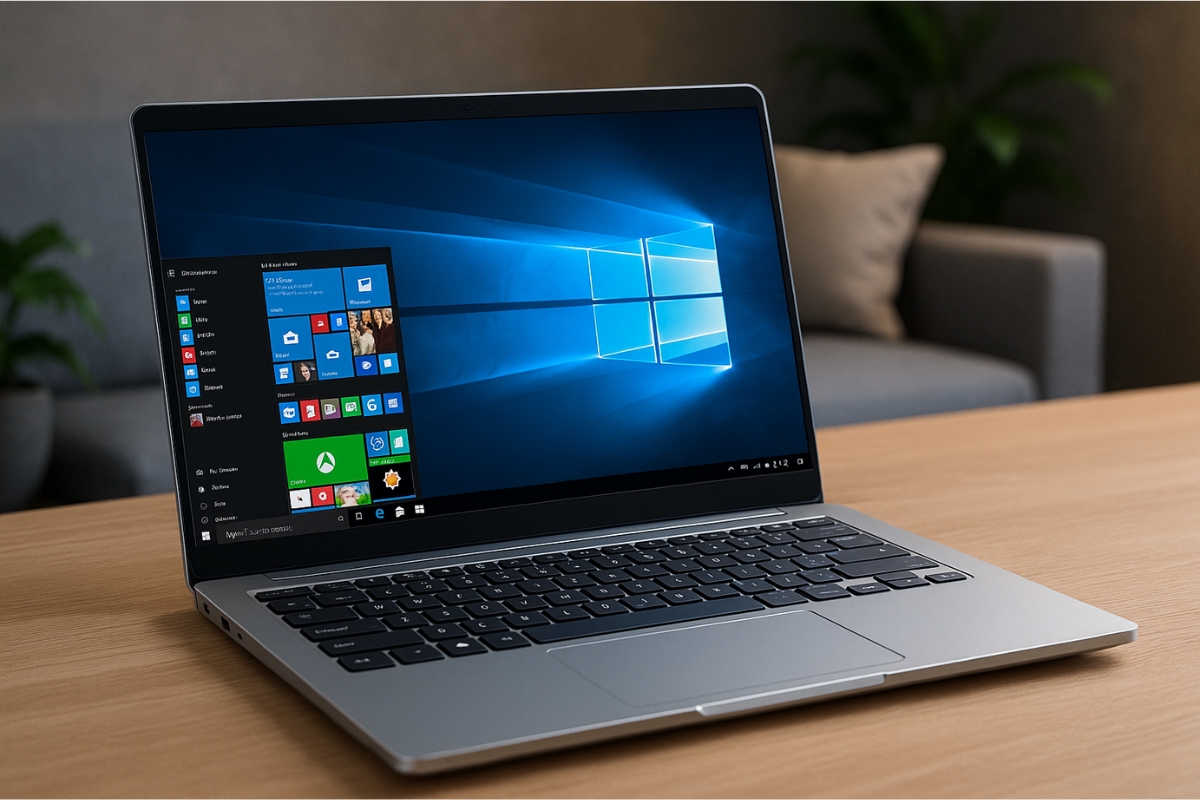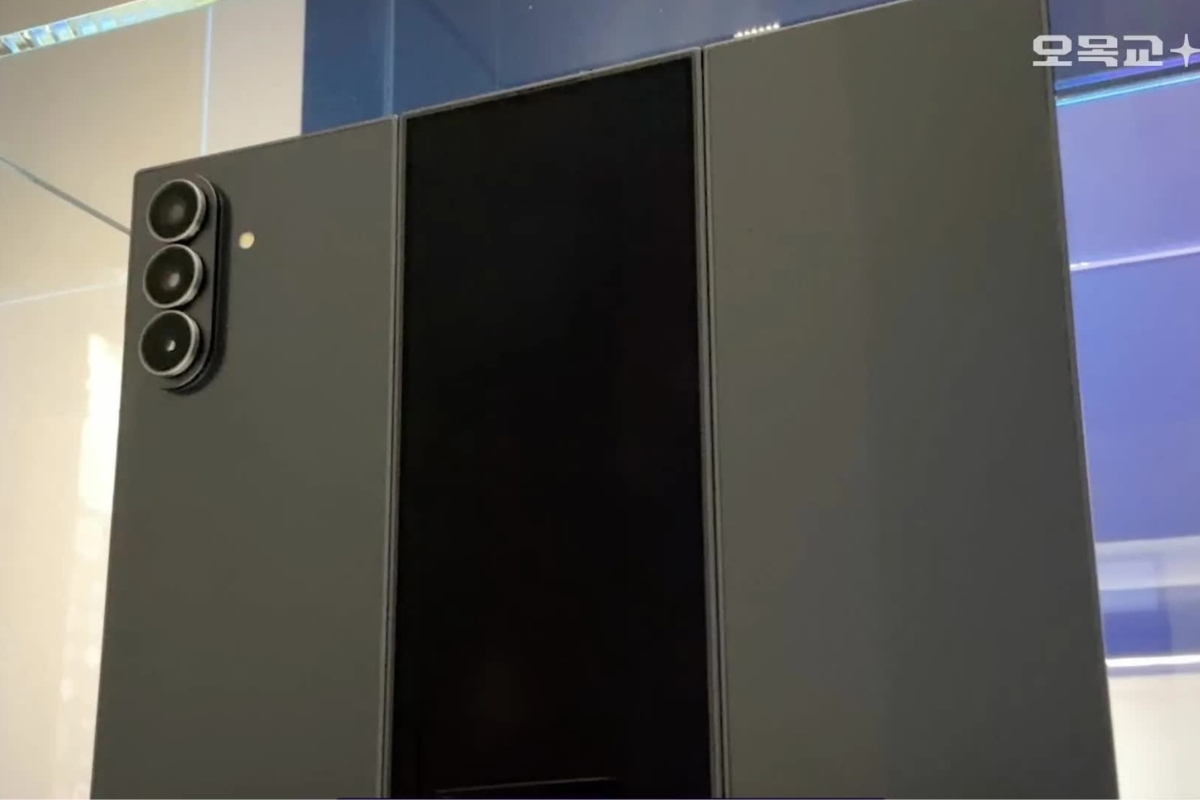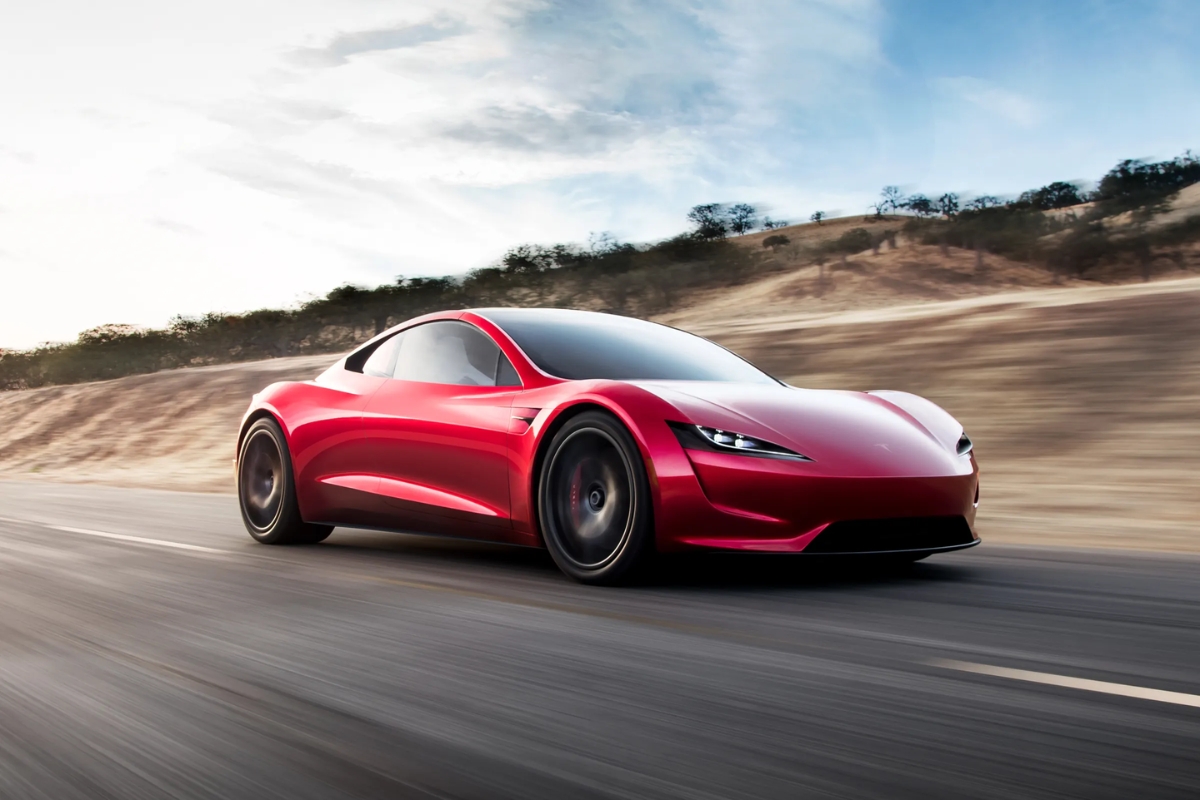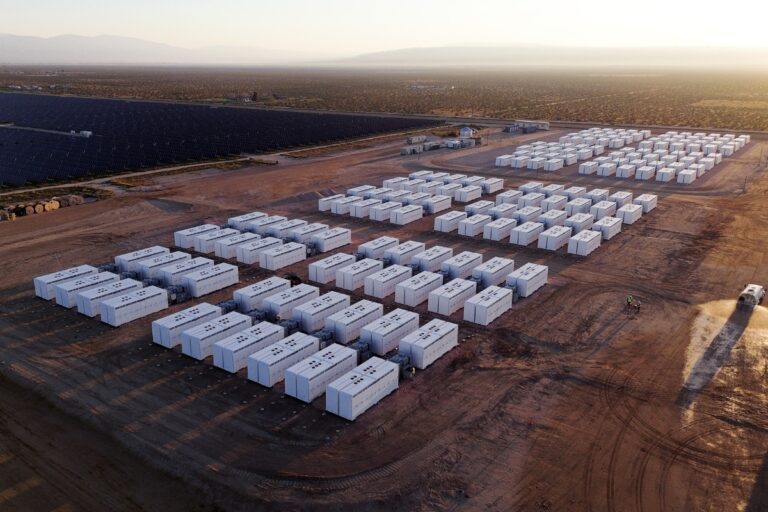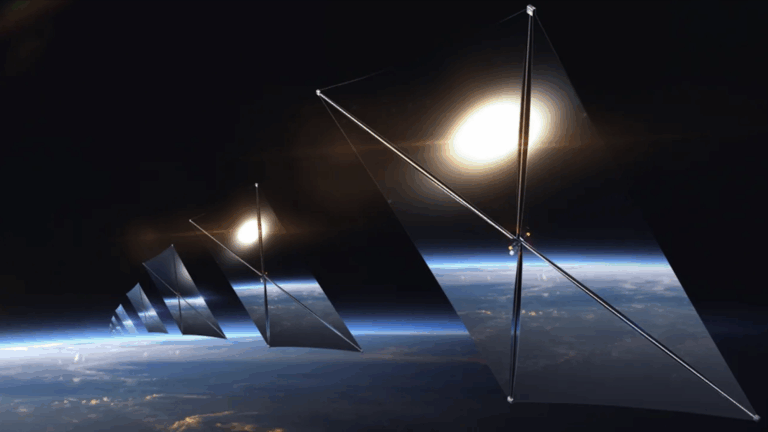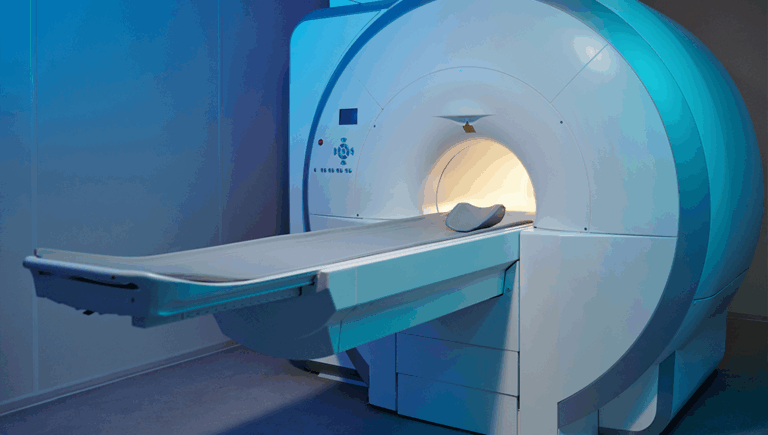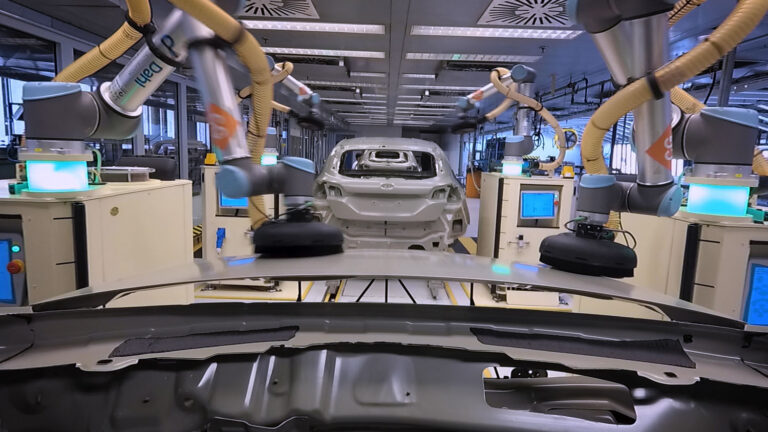Space-Based Solar Power Could Supply 80% of Europe’s Renewable Energy by 2050

⬤ This technology may dramatically reduce reliance on ground installations, battery storage, and overall electricity costs by 2050.
⬤ Unlike traditional sources, space-based solar power delivers consistent generation unaffected by weather or daylight.
⬤ Researchers warn of technical hurdles and crowded space conditions that could hinder safe deployment.
A new study suggests that space-based solar power could reduce Europe’s need for land-based renewable energy sources by up to 80%, cut battery storage demand by two-thirds, and lower the overall cost of electricity across the continent by around 15% by 2050.
Researchers at King’s College London reached this conclusion after conducting a detailed simulation of Europe’s future electricity grid. Their model included projected energy demand, generation, and storage across 33 countries, using special NASA-designed solar panels that rely on mirror-like reflectors to redirect sunlight from orbit toward specific receiving stations on Earth.
While the idea sounds like something out of science fiction, there are still 25 years to turn it into reality. If NASA and its partners can deliver equipment capable of the expected output, the technology could mark a turning point for renewable energy. Unlike conventional solar or wind power, which fluctuates with weather and daylight cycles, space-based solar power would provide consistent and predictable generation around the clock.
However, the researchers caution that several challenges remain unaddressed. Beyond cost, key concerns include system efficiency, orbital congestion, and the risk of transmission disruption. Earth’s orbit is already crowded with satellites and debris, raising questions about whether additional solar platforms could be safely accommodated without increasing collision risks.
Europe is not alone in pursuing this concept. Earlier this year, Japan announced a similar initiative for orbital solar energy. Its proposed system would beam collected energy from space to Earth via microwave transmission, and an early test successfully transferred power from an aircraft to a ground-based receiver.
If realized, space-based solar energy could revolutionize how nations meet their climate goals, turning outer space into one of the planet’s most valuable clean energy frontiers.

